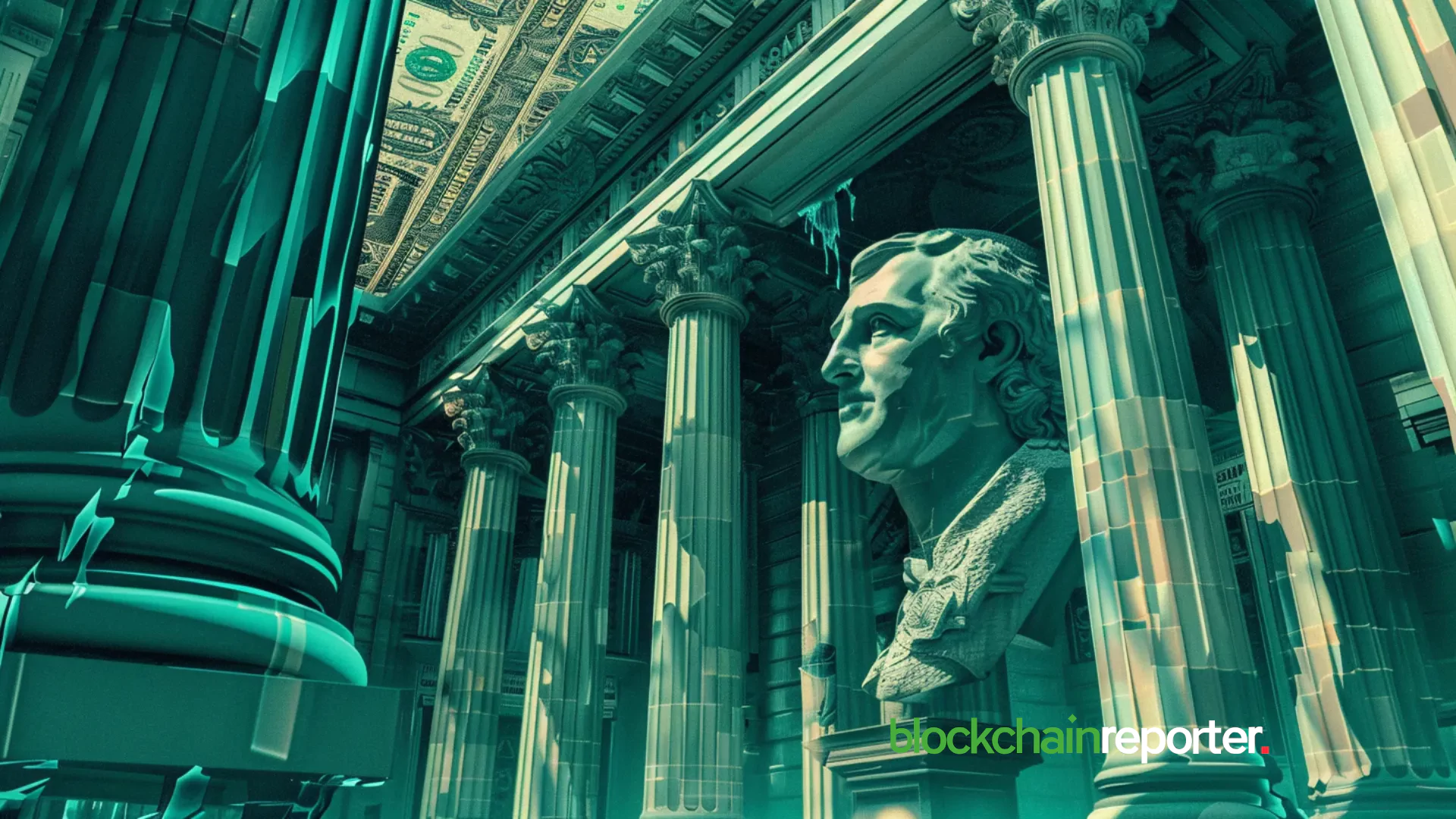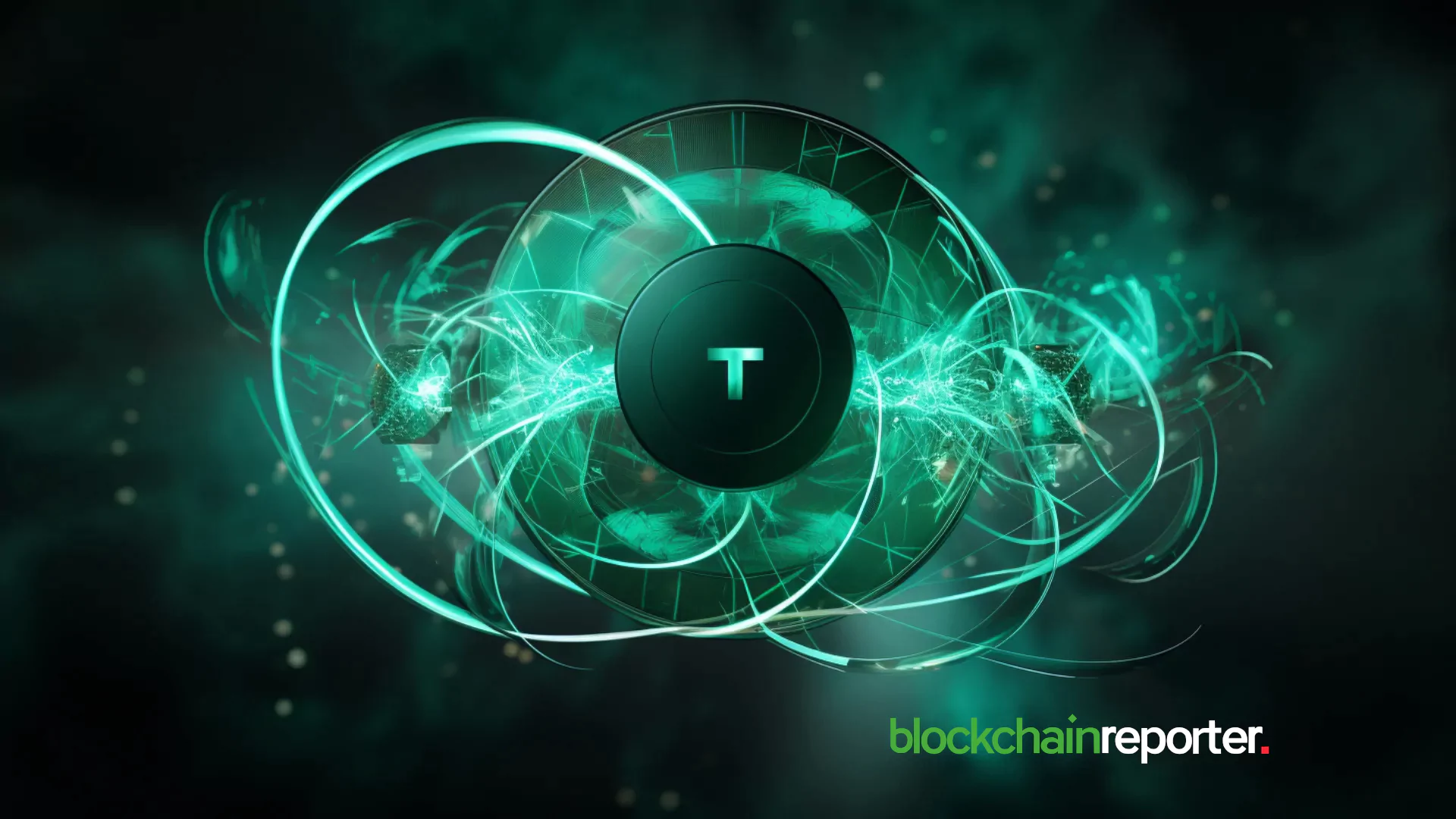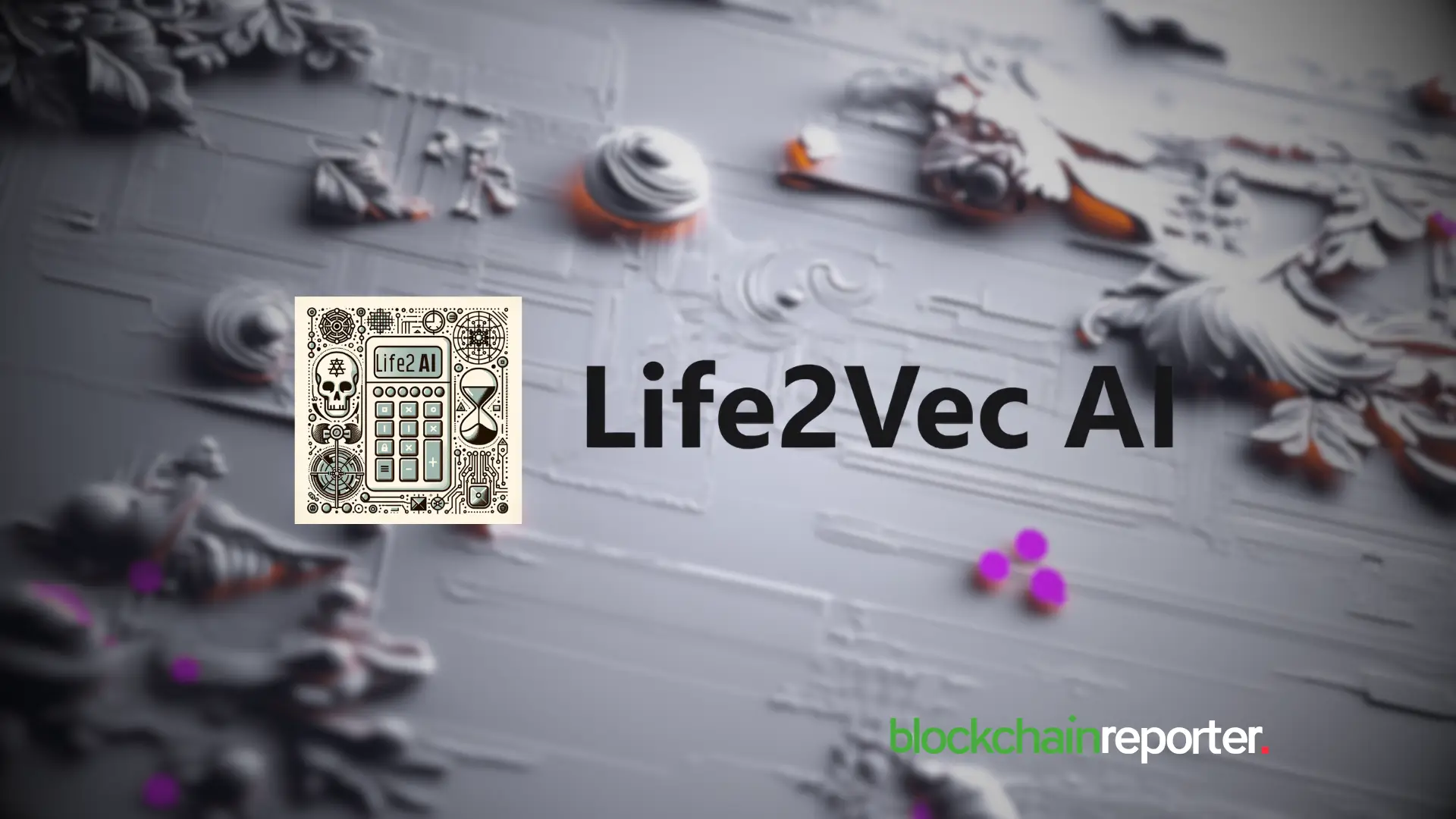Tether CEO Meets U.S. Lawmakers to Discuss Stablecoin Regulation and Adoption



- Tether CEO urges U.S. lawmakers to support stablecoin regulation for global dollar adoption.
- Tether ranks among top U.S. Treasury buyers, strengthening dollar-backed reserves worldwide.
- Stablecoin adoption set to grow with AI, robotics, and Bitcoin Lightning Network integration.
Tether CEO Paolo Ardoino has completed a visit to the United States, meeting with lawmakers in Washington, D.C., to discuss stablecoin regulation and the expanding role of digital currencies in the global economy.
His visit comes as the U.S. Congress moves closer to introducing legislation regulating stablecoins, which Ardoino believes is necessary for financial inclusion and preserving U.S. dollar dominance.
Ardoino’s trip marked his first time in the U.S. and coincided with the increasing recognition of stablecoins as a key use case for blockchain technology. After his meetings, Ardoino described the experience as positive, noting that U.S. lawmakers showed interest in stablecoins’ role outside the U.S., particularly in regions with unstable local currencies.
Stablecoins as a Tool for Global Financial Inclusion
Ardoino explained that while stablecoins may be considered a convenience within the U.S., their impact is far greater in emerging markets. Countries like Turkey and Argentina, which face persistent currency depreciation, rely heavily on stablecoins such as Tether’s USDT to access stable forms of money.
Ardoino said Tether’s global user base has grown to over 400 million, with physical distribution points established across Africa and Latin America to meet demand. He emphasized that stablecoins represent an extension of the U.S. dollar’s reach, enabling millions without access to reliable banking systems to store value and transact in dollars.
According to Ardoino, U.S. lawmakers appreciated this contribution, recognizing the importance of stablecoins in maintaining U.S. dollar hegemony in global markets.
Legislative Uncertainty and Risks of Overregulation
Despite the positive reception, Ardoino acknowledged concerns over how U.S. stablecoin regulation might evolve. He referenced the European Union’s MiCA regulation, which has already led to operational challenges for Tether in Europe. These included restrictions requiring stablecoin issuers to hold reserves in European banks, which Ardoino argued could expose funds to additional risk.
Draft stablecoin bills in the U.S. have proposed measures that could limit issuance rights to banks or highly regulated financial institutions. Ardoino believes such restrictions contradict America’s tradition of encouraging competition and innovation.
Nevertheless, he confirmed that Tether is prepared to launch a U.S.-specific stablecoin if regulations require it. This version would target institutional users and payment applications, differing from USDT’s role in emerging markets, where it often functions as a savings tool.
Tether’s Role in U.S. Treasury Markets
Tether has emerged as a major participant in U.S. Treasury markets. Ardoino revealed that the company was the seventh-largest purchaser of U.S. Treasuries in 2024. Excluding jurisdictions that aggregate Treasury holdings for hedge funds, such as the Cayman Islands and Luxembourg, Tether would rank among the top five buyers globally.
Ardoino opined that this kind of distributed Treasury ownership adds strength to the debt markets of the United States . Holders of USDT assets can be any person from any part of the globe; and this means that the plight of one large scale holder to sell all his assets and disappearing cannot affect the overall market, unlike the case with centrally located foreign government deposits.
He also disclosed that Tether currently holds $144 billion in issued tokens, supported by $164 billion in assets, including $7 billion in excess reserves. The company maintains these reserves primarily in U.S. Treasuries and cash equivalents, with funds custodied in the United States.
Future Expansion and Bitcoin Integration
Ardoino expects stablecoin adoption to accelerate due to geopolitical shifts and technological changes. He suggested that future artificial intelligence and robotics developments could lead to automated systems transacting using stablecoins. These transactions could multiply as machine-to-machine communication increases globally.
Tether also continues to expand its technological reach with the help of its stablecoins’ integration into the Bitcoin Lightning Network. Ardoino also pointed out that Lightning’s peer-to-peer channel has better scalability and privacy compared with the earlier Layer 2 solutions, which makes it conduct transactions at a quicker pace and in an efficient way.

Cysic to Revolutionize Zero-Knowledge Proof Aggregation in Partnership with ElectronZK
The partnership aims to enhance scalability, cost-efficiency, and speed of ZK proof mechanisms, deno...

Tether Collaborates With Fizen to Expand Global Digital Asset Usage
Tether announced the investment in the fintech firm Fizen. Tether is investing in the fintech to exp...

Life2vec AI Crypto Coin: What It Is, Why It’s Blowing Up, and What You Should Know
If you are wondering what is Life2vec AI Crypto Coin, then you are at the right place. In this artic...

